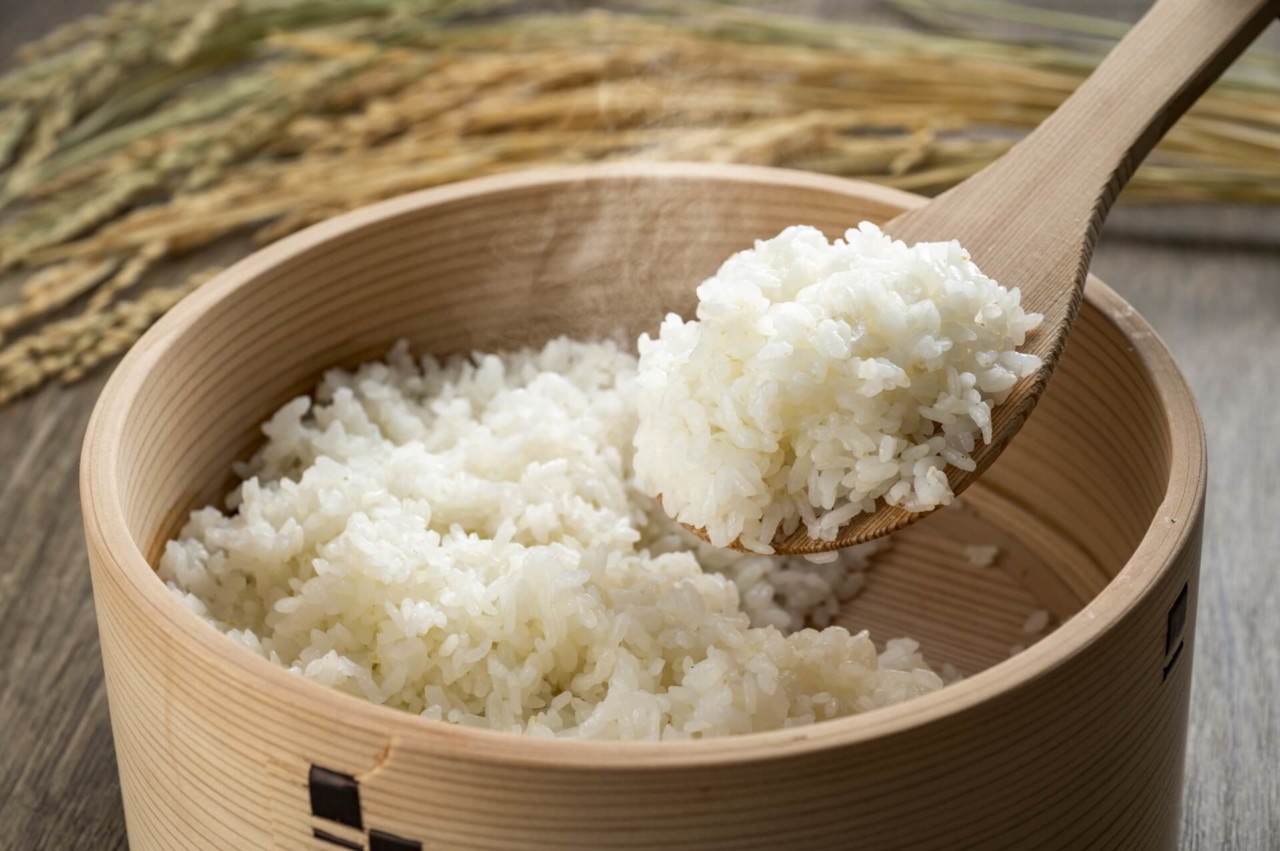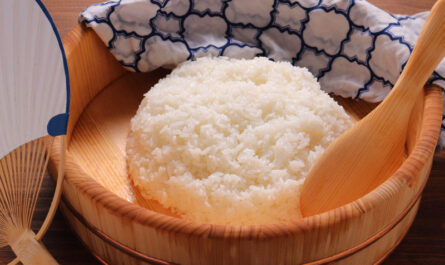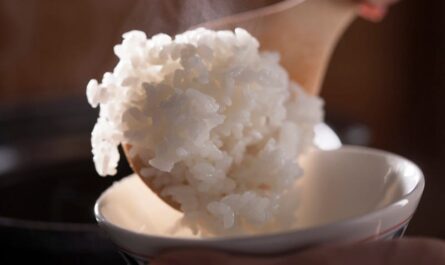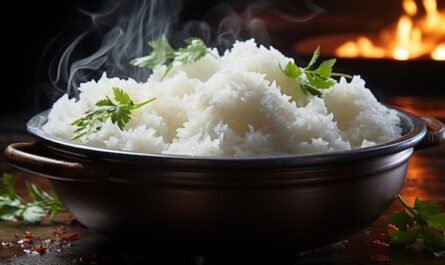When it comes to the diverse world of rice, two terms often spark curiosity and sometimes confusion: sushi rice and sticky rice. Both types of rice are popular in Asian cuisine, yet they serve different purposes and have distinct characteristics. In this article, we will explore these two varieties, helping you understand their unique qualities and how they can be best utilized in your culinary adventures.
To appreciate the nuances between sushi rice and sticky rice, it is important to delve into their origins, preparation methods, and typical uses. By the end of this exploration, you’ll be equipped with the knowledge to confidently choose the right rice for your next dish.

Understanding Sushi Rice
What is Sushi Rice?
Sushi rice, also known as shari or sumeshi, is a short-grain rice used primarily in the preparation of sushi. It is known for its sticky texture, which makes it ideal for rolling and shaping into sushi rolls. The rice is seasoned with a mixture of rice vinegar, sugar, and salt, giving it a distinct flavor that complements the seafood and other ingredients used in sushi.
Preparation of Sushi Rice
The preparation of sushi rice involves meticulous washing and cooking to ensure the grains are shiny and sticky. For detailed steps on using traditional tools like the sushi mat, you can refer to this sushi mat guide. After cooking, the rice is seasoned while still warm to absorb the flavors fully. Proper preparation is crucial to achieving the perfect texture that holds the sushi together.
Uses of Sushi Rice
Sushi rice is not limited to sushi alone. It is also used in various Japanese dishes like chirashi bowls and onigiri (rice balls). Its sticky nature makes it versatile for dishes that require rice to hold its shape.
Exploring Sticky Rice
What is Sticky Rice?
Sticky rice, also known as glutinous or sweet rice, is a variety of rice that becomes particularly sticky when cooked. Despite the name, it contains no gluten. This rice is primarily used in Southeast Asian cuisines, where its chewy texture is highly prized.
Preparation of Sticky Rice
The preparation of sticky rice often involves soaking the rice before steaming it. This method helps achieve the desired sticky consistency. For more on the intricacies of cooking different rice types, visit this rice types guide.
Uses of Sticky Rice
Sticky rice is used in a variety of dishes, ranging from savory meals to desserts. It’s a staple in dishes like mango sticky rice, a popular Thai dessert, and is also used in savory dishes like sticky rice with Chinese sausage.
Key Differences Between Sushi Rice and Sticky Rice
Texture and Flavor
One of the main differences between sushi rice and sticky rice is texture. Sushi rice is sticky but has individual grains that separate slightly, while sticky rice clumps together more tightly. The seasoning of sushi rice also imparts a tangy flavor, whereas sticky rice has a more neutral taste.
Cooking Techniques
Cooking techniques differ significantly between the two. Sushi rice is typically boiled and seasoned post-cooking, whereas sticky rice is often soaked and steamed.
Culinary Uses
While both types of rice are staples in their respective cuisines, they are not interchangeable. Sushi rice is best suited for sushi and related dishes, whereas sticky rice is ideal for dishes that require a denser, more cohesive texture.
Choosing the Right Rice for Your Dish
Consider the Cuisine
When deciding between sushi rice and sticky rice, consider the cuisine you are preparing. Japanese dishes often call for sushi rice, while Southeast Asian recipes may require sticky rice.
Think About Texture
The desired texture of the final dish should guide your choice. If you need rice that sticks together for rolls or balls, sushi rice is appropriate. For dishes that benefit from a chewy texture, opt for sticky rice.
Cooking Tips for Perfect Rice
Using the Right Equipment
Using the appropriate cooking equipment can significantly impact the outcome of your rice. For sushi rice, tools like a sushi rice thermometer can ensure precise cooking temperatures.
Perfecting Seasoning
The seasoning is key for sushi rice. Adjusting the balance of vinegar, sugar, and salt to suit your taste is important.
Common Mistakes to Avoid
Overcooking
Overcooking can ruin the texture of both sushi rice and sticky rice. Follow precise cooking times to avoid mushy rice.
Improper Storage
Storing cooked rice improperly can lead to spoilage. Keep rice covered and refrigerated when not in use.
Conclusion
In conclusion, understanding the differences between sushi rice and sticky rice can enhance your cooking repertoire and ensure your dishes are authentic and delicious. Whether you’re preparing a Japanese sushi night or a Southeast Asian feast, choosing the right rice will elevate your culinary creations.

Frequently Asked Questions
Can I use sticky rice for sushi?
While you can technically use sticky rice for sushi, it will not provide the same texture and flavor as traditional sushi rice. Sushi rice is specifically seasoned for sushi dishes.
Is sushi rice gluten-free?
Yes, sushi rice is gluten-free. However, be cautious with the seasonings and sauces used in sushi preparation, as they may contain gluten.
What makes sushi rice sticky?
The stickiness of sushi rice comes from its high starch content and the specific cooking techniques used. The seasoning with vinegar also contributes to its stickiness.
This article contains affiliate links. We may earn a commission at no extra cost to you.




